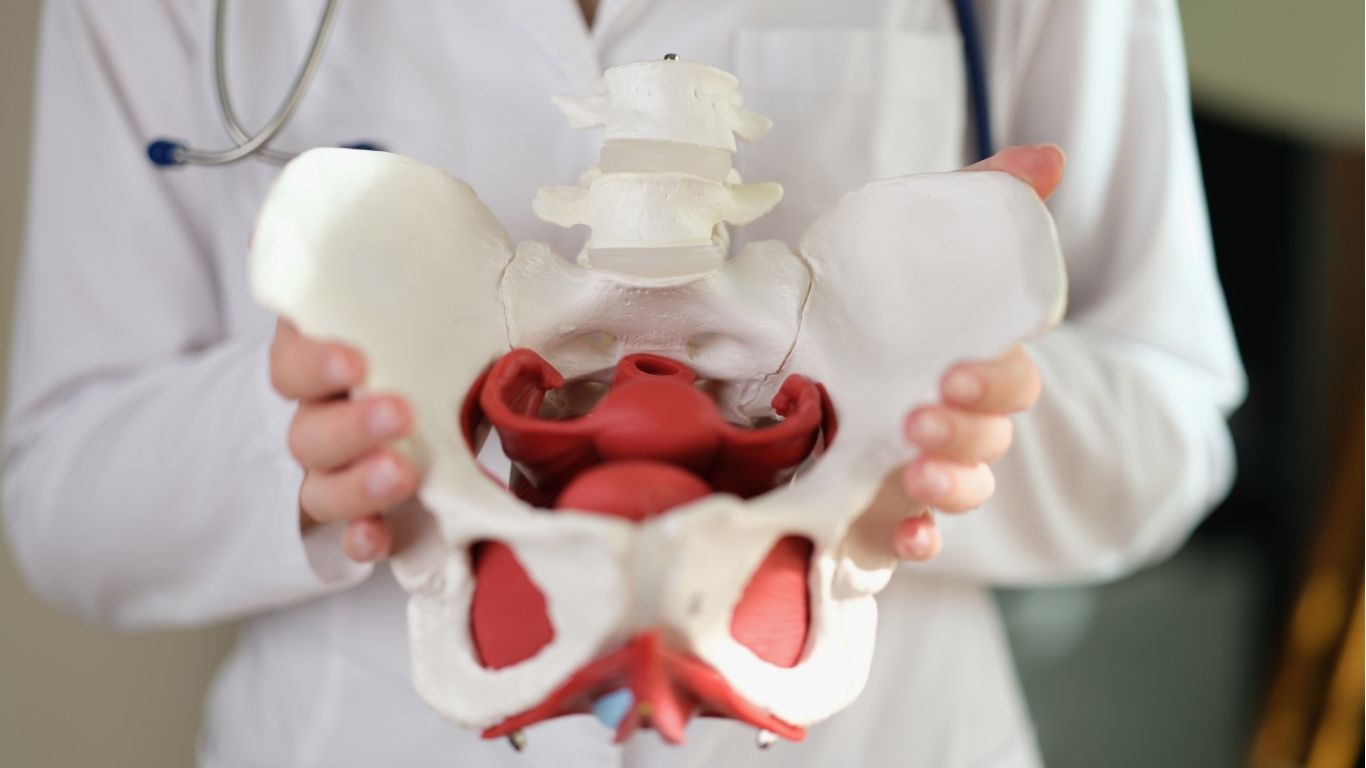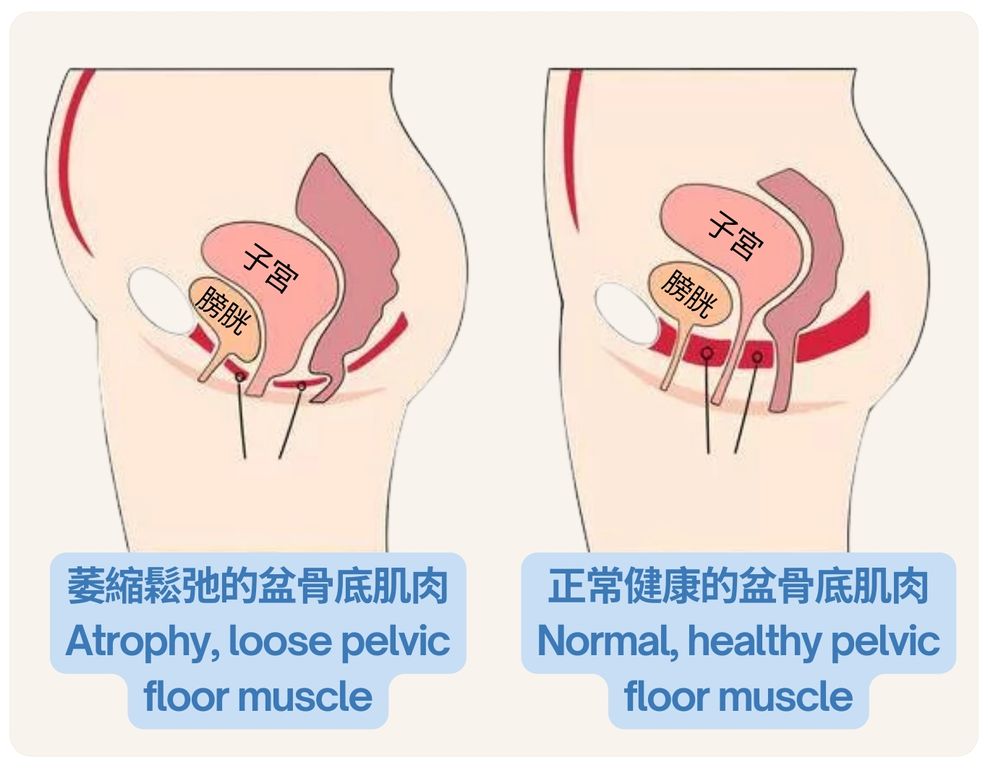




Health Information



Familiar with your pelvic floor muscles

Familiar with your pelvic floor muscles (by Sportsperformance Physiotherapy)
The pelvic floor muscles are at the lowest level to support the weight of organs, can be damaged, inflamed and lose their elasticity due to excessive or improper use. This leads to pelvic floor myofascial dysfunction and poor blood circulation. Let's get familiar with pelvic floor muscles and learn what causes pelvic floor muscle weakness.
What are pelvic floor muscles?
The pelvic floor is made of layers of muscles stretching from the pubic bone in the front to the base of the spine at the back. It consists of 3 groups of muscles surrounding the urethra, vagina and rectum.

Atrophy, loose pelvic floor muscle VS Normal, healthy pelvic floor muscle

What causes pelvic floor muscle weakness?
- Multiple childbirth
- Being overweight or obese
- Chronic constipation
- Persistent heavy lifting
- Chronic coughing
- Changes in hormonal levels at menopause
- Normal ageing
Becoming familiar with your pelvic floor muscles
- While you are passing urine, try to stop your urine flow midway. Hold for 3 seconds and then relax. If you can control the urine flow, it means you can master this skill successfully
- While you are concentrating on tightening the muscles around your vagina, you should have a ‘tightening and lifting inward' feeling. You may be unable to feel this at the beginning if your pelvic muscles are weak
- To know the muscles that control your anal sphincter, tighten the muscles around your anus as if you are holding flatus. Hold for 3 seconds and then relax
- Once you can identify the above muscle groups, you may start practising the following pelvic floor exercise which will be in our upcoming sharing
*Remember: This only helps you to become familiar with your pelvic floor muscles. You should NOT do it very often as it may cause problems with correct bladder emptying
Pre-natal Physiotherapy: Physiotherapy during your pregnancy is designed to prevent problems and to treat any aches and pains which occur as the pregnancy progresses.
Post-natal Physiotherapy: After the baby is born (Post-natal), looking after a baby involves lots of strain on your back from bending and lifting. In addition, sitting to feed your baby, may also lead to back problems if you don’t pay attention to your posture. Our physiotherapists will advise you an individually tailored programme of exercises to return you to pre-pregnancy fitness, addressing any weakness in the abdominal and pelvic floor muscles as well as exercise to close any separation of the abdominal muscles.
Further reading:



